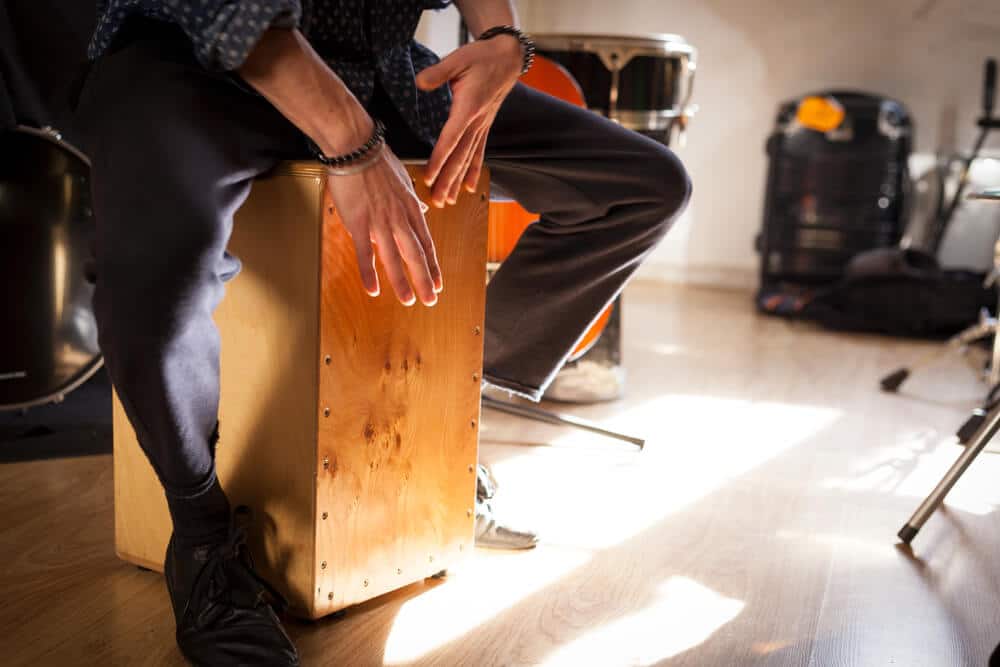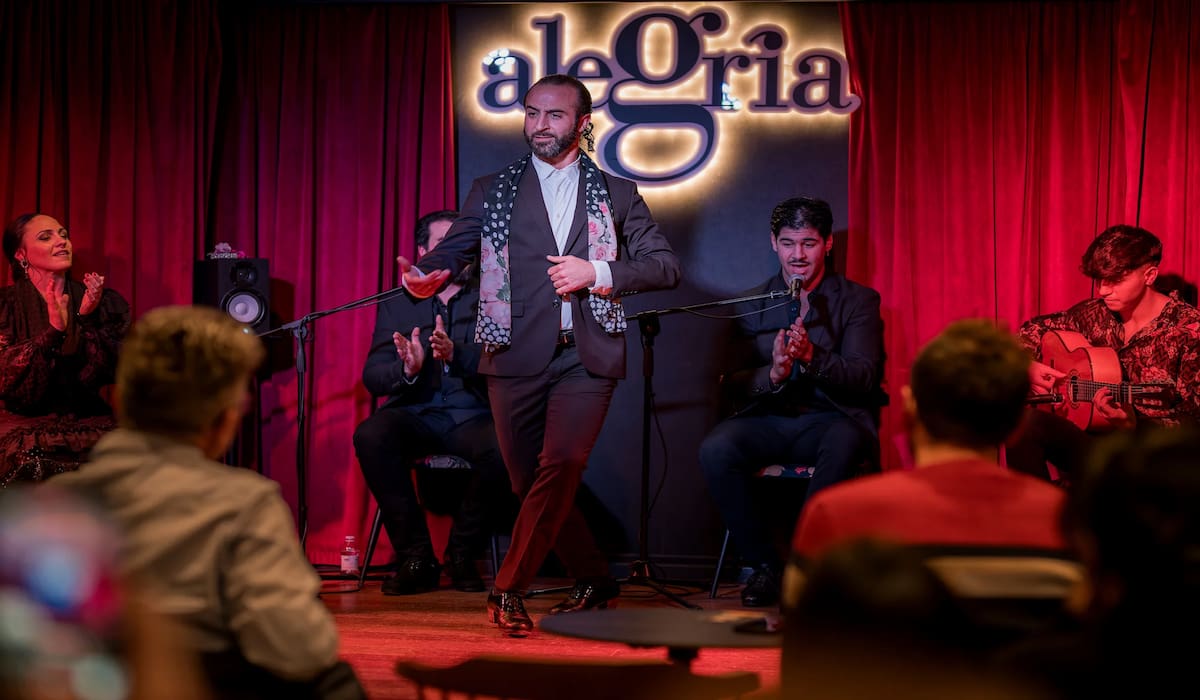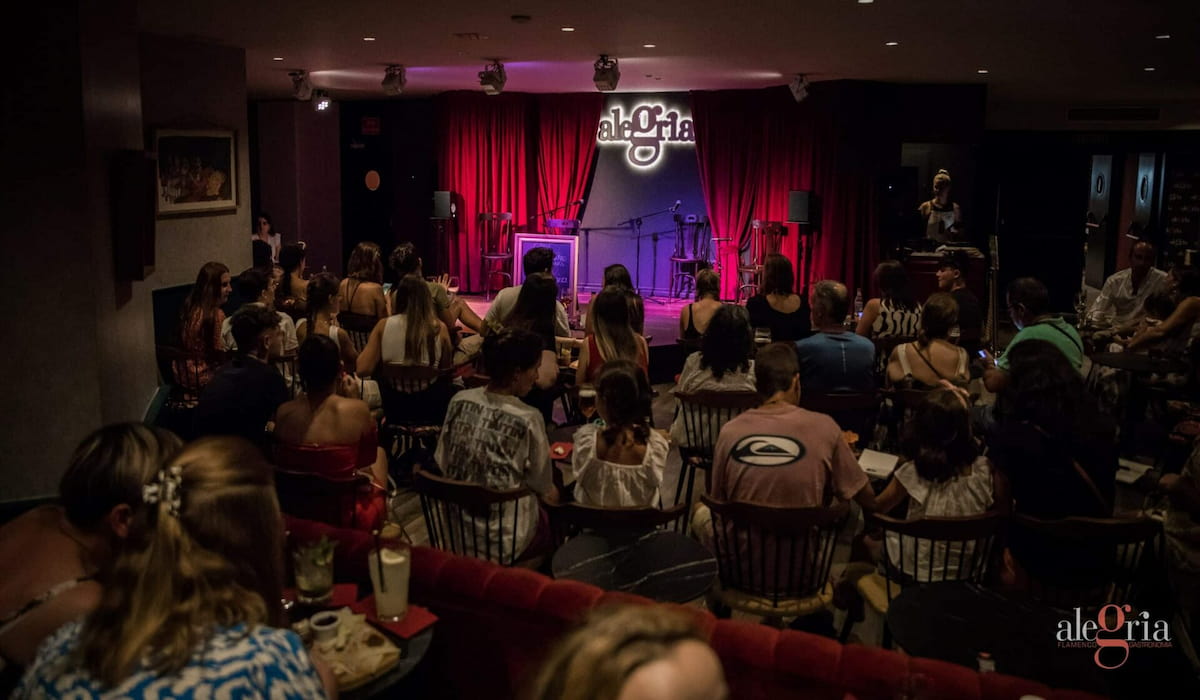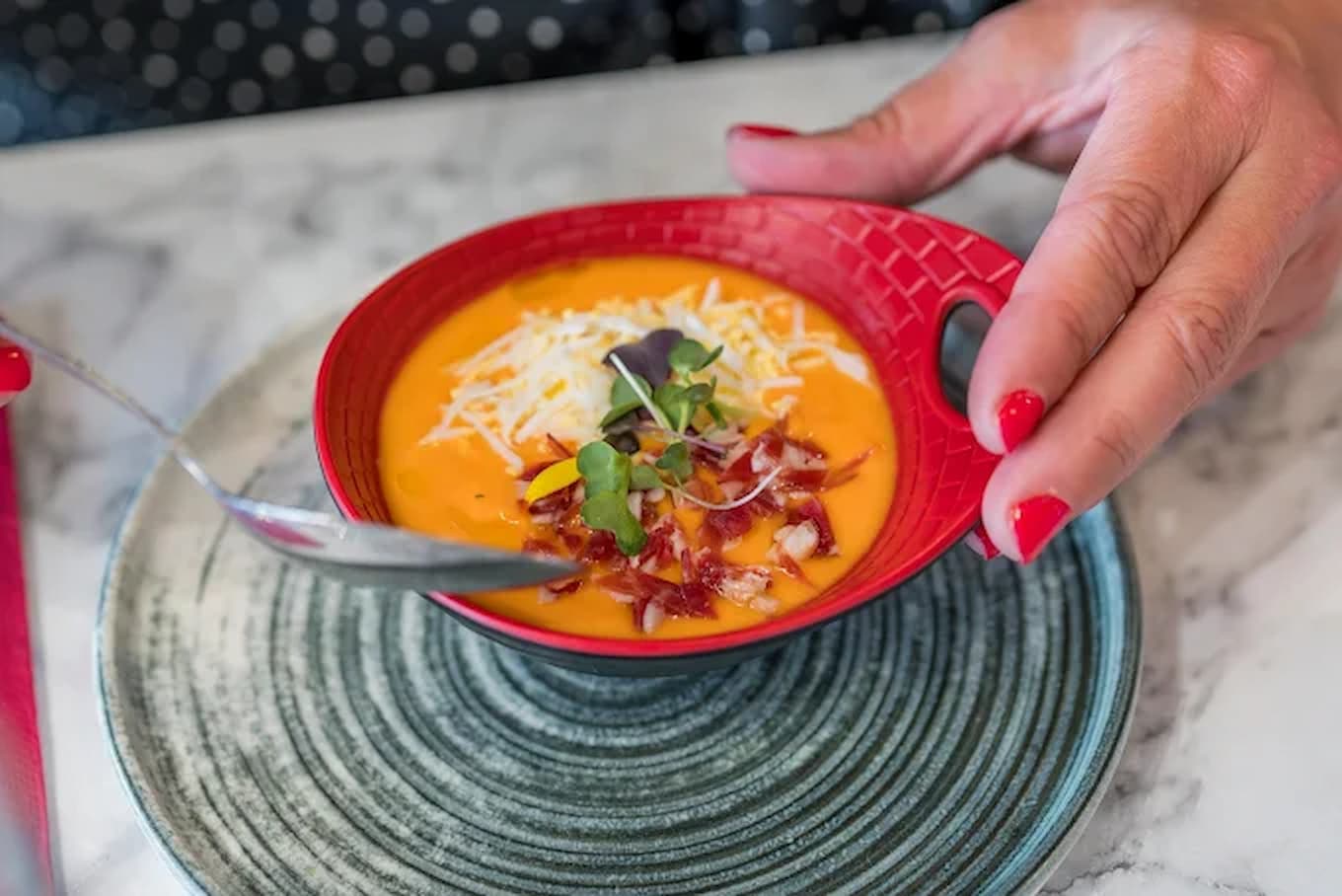Who hasn’t heard the expression “”Olé!”” at least once in their life? If you’re looking for a technical definition of what Flamenco Jaleo is, you’ll realize it’s synonymous with confusion, directly alluding to a noisy and lively environment. Which doesn’t surprise us at all. Flamenco is grace, passion, and style, but above all, it’s an artistic expression full of energy that uses everything from gestures to exclamations to express itself.
Today, in this article, we explain what flamenco jaleos are, how they originated, and what their historical influence is on other styles that have subsequently emerged, such as bulerías.
What is Flamenco Jaleo?
When we talk about jaleo as a flamenco style, we must keep in mind that there are two types of use. On one hand, the euphoric exclamations that encourage during the dance, which you can hear if you attend a flamenco jaleo show in Málaga. And, on the other hand, a genre that played an important role in the popular folklore of the 19th century and introduced numerous musical elements into the world of soleá and bulerías.
Nowadays, the Málaga flamenco jaleo is a kind of jotilla or fandango sung in the Andalusian cadence, also including those expressions that flamenco artists exclaim throughout the show. However, although it may seem so, they are not exclamations made by chance, but respond to a meter performed in an “insistent” manner, which distinguishes it from bulerías and brings it closer to soleá, which has to adjust to the rhythm of all genres so as not to break the magic that any flamenco performance must convey.
What are the Origins of Jaleo?
Within flamenco, jaleo originated in Jerez de la Frontera, through which performances with an Andalusian flavor were offered. Over time, it dissolved and lost strength, until it evolved into the chuflas and bulerías that emerged at the beginning of the 20th century.
Many consider that the flamenco clamor is a clear predecessor of the “soleá” and many of its variants that fell into disuse when the relative styles crystallized, but the Extremaduran gypsies managed to revive them.
How to Dance Flamenco Jaleo
In flamenco jaleos, the compás is very similar to that of bulerías, so it’s sometimes confused, but the truth is that this style has its own unique phrases and tonalities. In fact, the Málaga flamenco jaleo has to adjust to certain characteristics that give it its musical structure:
- Tonality: the melodies adopt tonalities based on Andalusian cadence and, sometimes, tonal cadences.
- Compás: at the beginning it’s marked like a bulería, but the style is softer and more similar to the “jotera”.
- Verse: normally, the verses are 3 lines long, with humorous lyrics, always seeking good spirits and fun.
- Keys: the first beat is always accentuated, which can be part of a 3/4 or 3/8 time signature, depending on the speed at which the artists want to go.
Examples of Flamenco Jaleos
The interjection “”Olé!”” is one of the most popular jaleos that continues to be very present today. But the truth is that we can identify numerous examples of jaleo in popular Spanish compositions.
Two examples of this are “”En el café de Chinitas and “Anda jaleo”, popular songs composed by Federico García Lorca. Both songs were recorded in 1931 and enjoyed great success, largely thanks to the singer Encarnación López, known as “La Argentinita”, who sang and played the castanets while Federico accompanied her on the piano.
In summary, flamenco jaleo is a flamenco style that tries to revive itself with gestures, applause, and sound expressions to encourage the dancers. A very artistic manifestation of stimulating the energy experienced within flamenco and with which the audience can identify. A truly beautiful expression of art for lovers of this genre.




